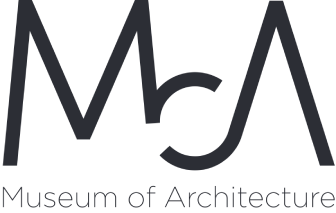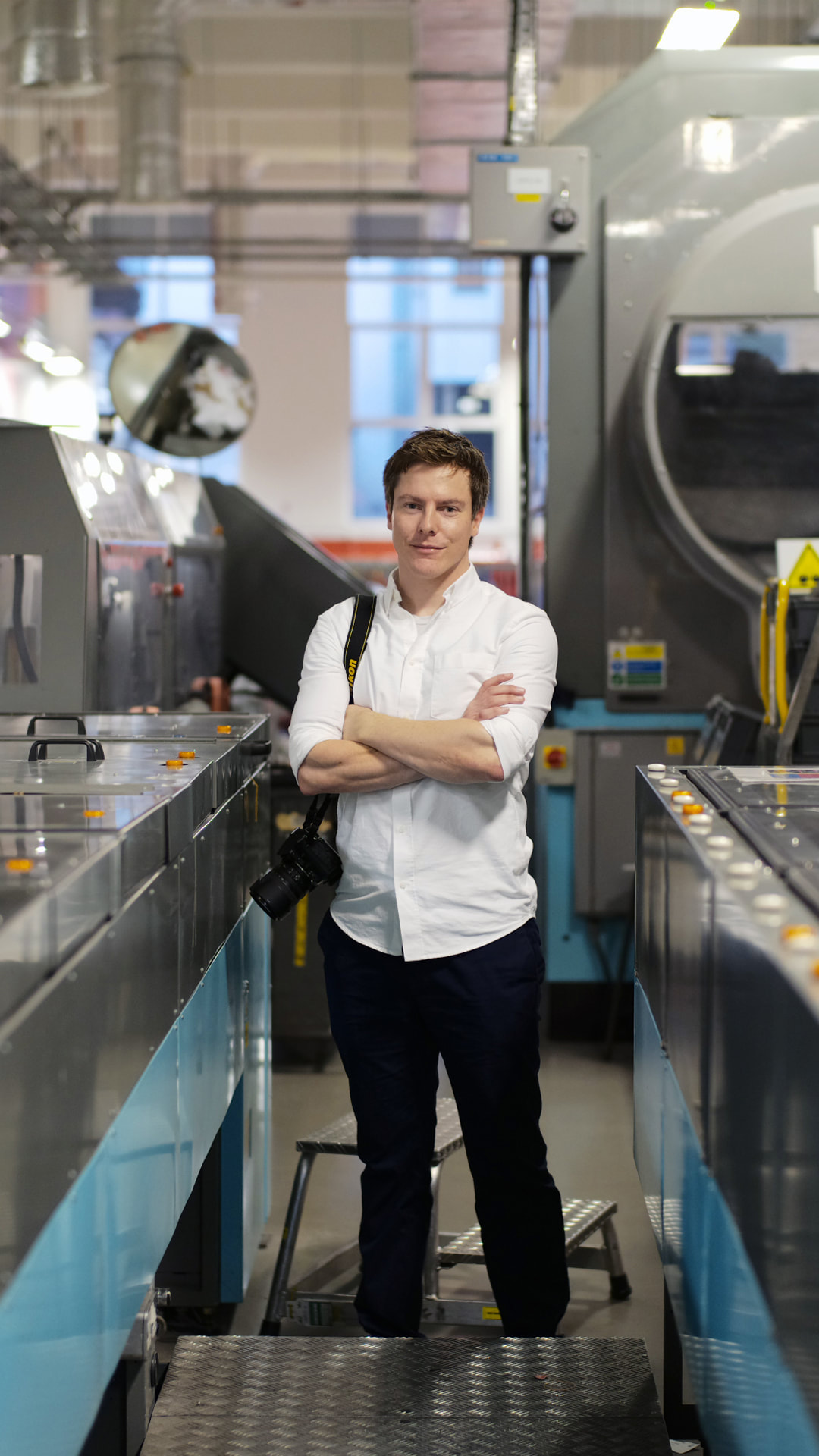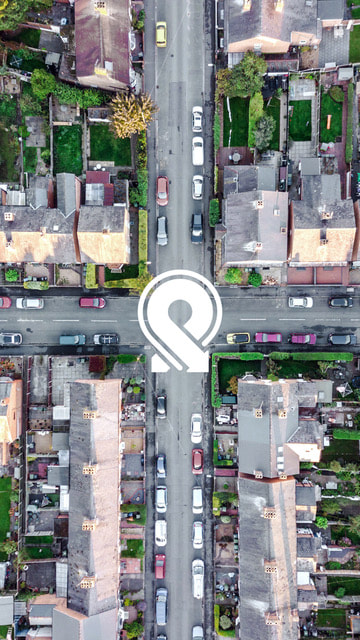Director Hildrey Studio
Founder ProxyAddress
For most people, the decision to study architecture is a leap in the dark. This was certainly the case for me. With no previous teaching on the subject, I didn’t know what to expect from – or have much interest in – architecture at all when I decided to study it.
Buildings, you see, weren’t my be-all and end-all. Growing up in Liverpool, England’s finest Victorian city (in the words of English Heritage), there was ample opportunity to be inspired. But despite their grandeur, these impressive surroundings didn’t seem to capture my imagination. To me, the buildings seemed somehow distant; an immutable legacy of decisions taken long ago. There was little creative dialogue with the finished article; I was much more interested in the process of how those buildings came to be.
This process was something I was beginning to experience in my CDT A-level (craft, design, and technology). Though we didn’t study architecture, we covered a broad array of design disciplines: furniture, textiles, graphics, products. We researched practical constraints, historical contexts, and social impacts to better question the contemporary status quo and propose our own alternatives. We were challenged to retain conceptual fidelity through the host of obstacles that came our way. Most importantly, we were asked to create.
Initially, I thought my interest in design might take away from my other subjects. The sciences, especially, seemed to be based on deferred gratification; it was only after spending years learning the discoveries of previous generations that you were able to contribute your own. I quickly learned that I was less disposed to standing on the shoulders of giants and more to kicking impatiently at their shins. But perversely, design made my interest in these subjects greater. By having the opportunity for creativity in CDT, science no longer had that need to meet. It became a useful tool to better understand what I was creating. Subjects once abstract became relevant and useful: the low friction coefficient of nylon made for good bearings; irrational numbers like √2 explained the layout of A4 paper. Ideas became tangible. Design, I realised, was more than the sum of its parts.
It was then that I knew I wanted to pursue a career in something which had both creative and technical elements. My teachers at the time, however, couldn’t quite agree what direction that should take me in. Then, shortly before making the final decision, we got our first exam results back. I’d managed to get the top results in the country for CDT and in an instant the confusion all but disappeared. Architecture, every teacher agreed, was the course I should study.
Looking back now, approaching architecture with my focus fixed on the design process rather than the end result of creating a building was a risk. But, in actual fact, it is the reason I’m still an architect today. Our built environment now faces extraordinary pressures: financial crashes, ecological crises, population densification, housing shortages – the list goes on. The importance and urgency of architectural intervention has never been greater. But the real value in the profession lies in its understanding of the city and the ability to use this to create meaningful change, whether through a building or not. The only way to do that is to have the honesty and versatility to accept that a building is not always the right answer.
This is why I started my own studio: to use architectural skills in whatever way is needed to make the built environment a more socially, ecologically, and economically sustainable place. So far, this has included services like ProxyAddress that enable people facing homelessness to access support services, installations to create dialogue across communities, and architecture projects such as the conversion of a Grade-II listed building in Westminster to a homeless day centre. Buildings are an important part of my work as an architect but they’re still not my be-all and end-all.
To learn more about ProxyAddress, visit their website www.proxyaddress.co.uk



